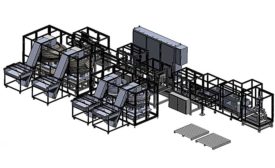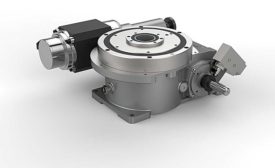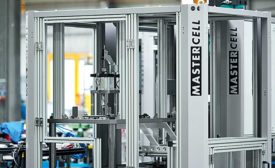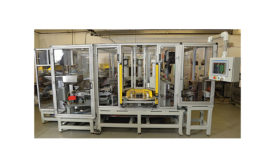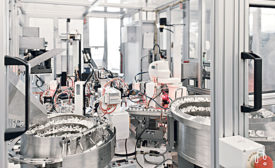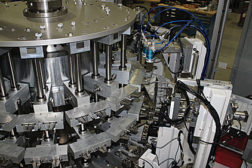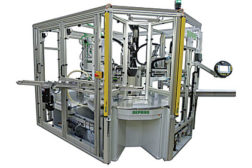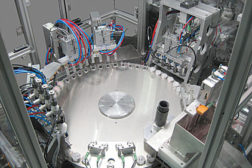Home » Keywords: » rotary indexing dial
Items Tagged with 'rotary indexing dial'
ARTICLES
Auto parts, plumbing products and medical devices are among the myriad items made on automated assembly systems
Read More
Fixed vs. Flexible Automation Systems
Both fixed and flexible technologies offer distinct advantages, but only if manufacturers optimize important operational parameters.
September 8, 2017
Automated Assembly Cells
Standardized, preconfigured automated assembly cells can lower costs and reduce time to market.
March 1, 2017
Rotary Indexer Assembles Hinges for Car Doors
This eight-station automatic system produces a hinge in less than 10 seconds.
June 3, 2013
Indexing Dial Fills, Assembles Beverage Caps
Before snapping the parts together, the system dispenses liquid or powdered ingredients into the assembly.
April 1, 2013
Get our new eMagazine delivered to your inbox every month.
Stay in the know on the latest assembly trends.
SUBSCRIBE TODAY!Copyright ©2024. All Rights Reserved BNP Media.
Design, CMS, Hosting & Web Development :: ePublishing
